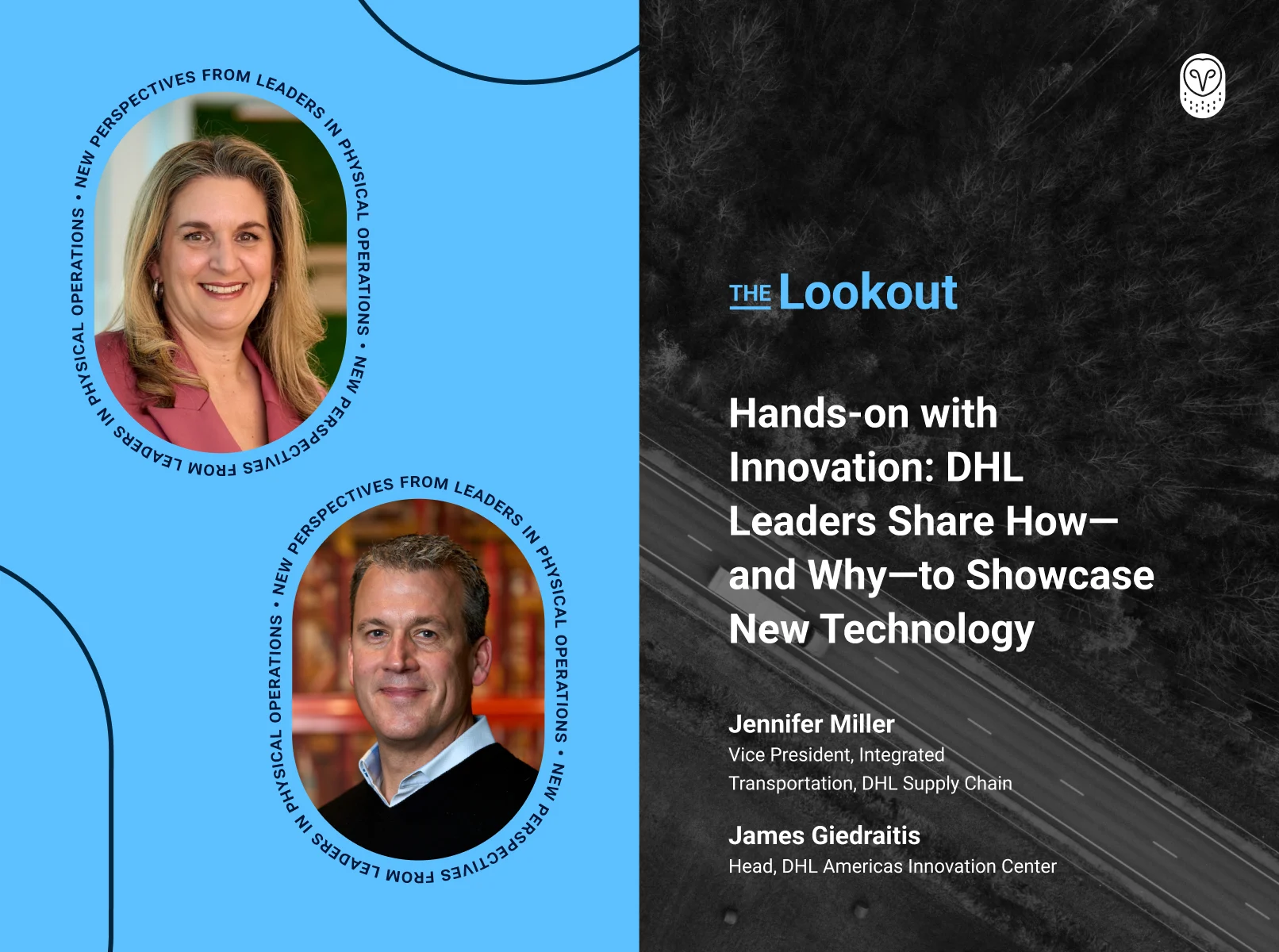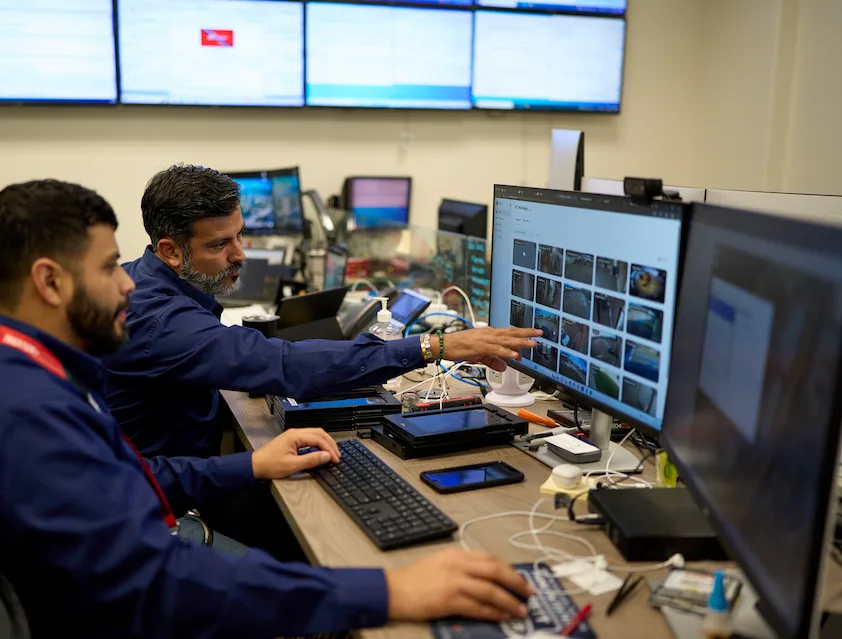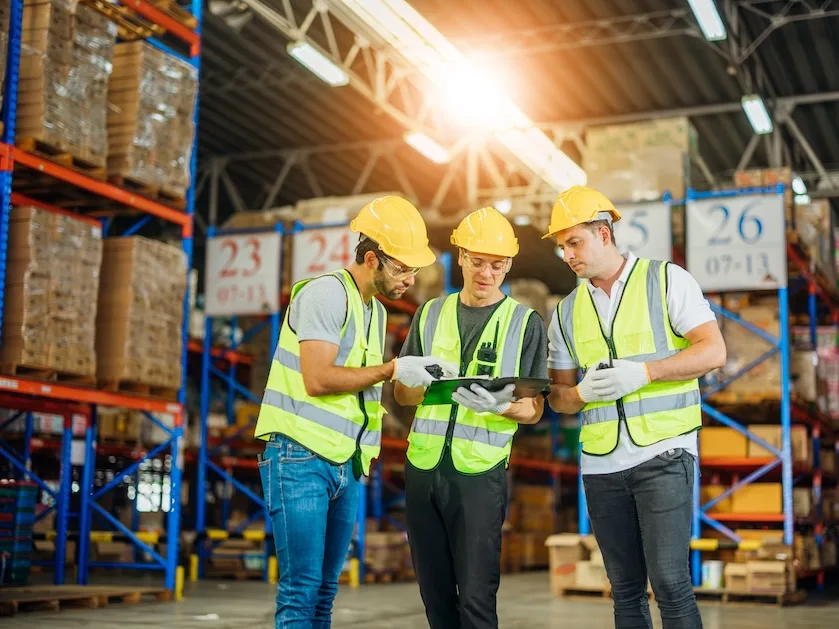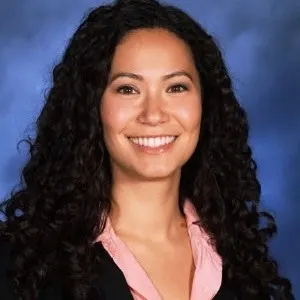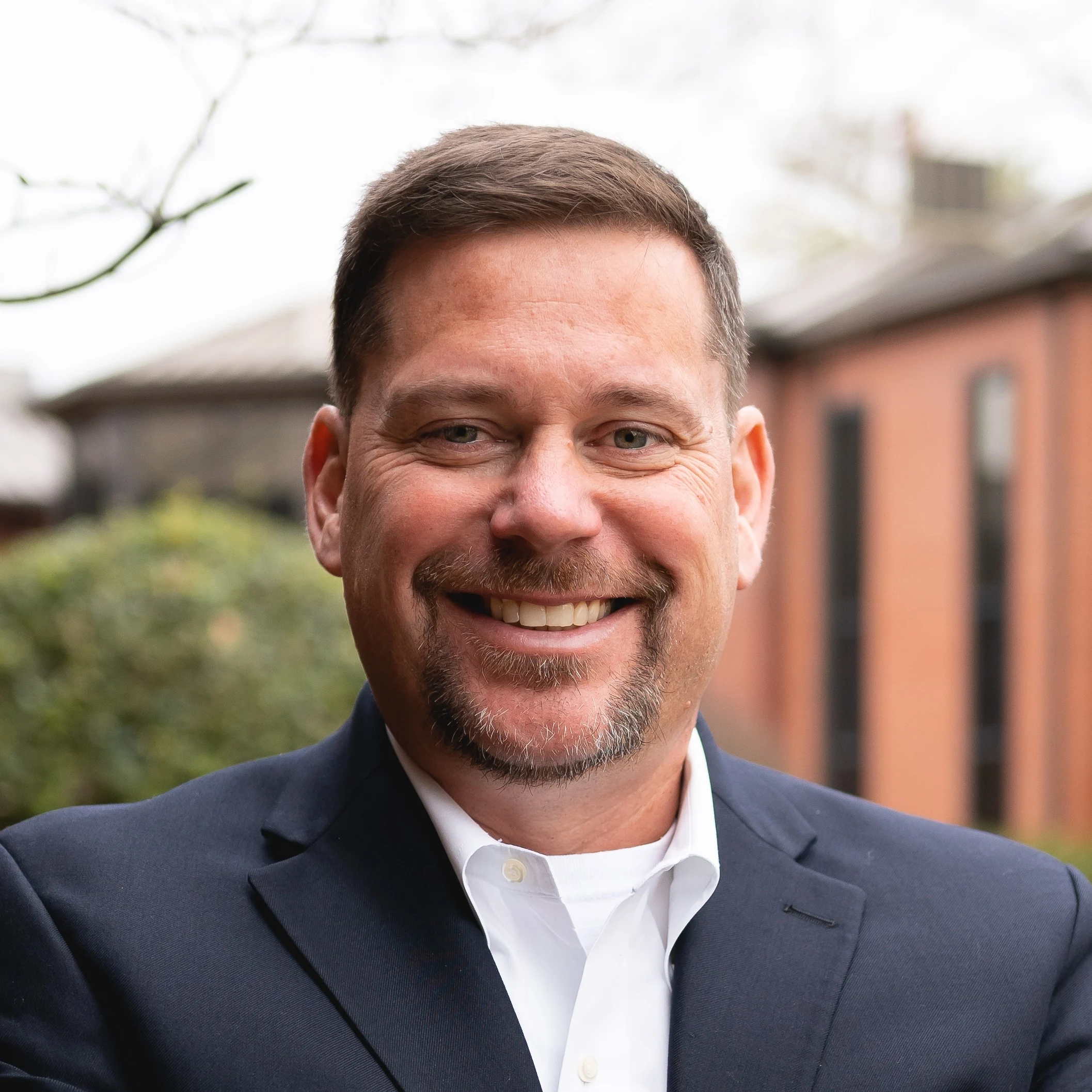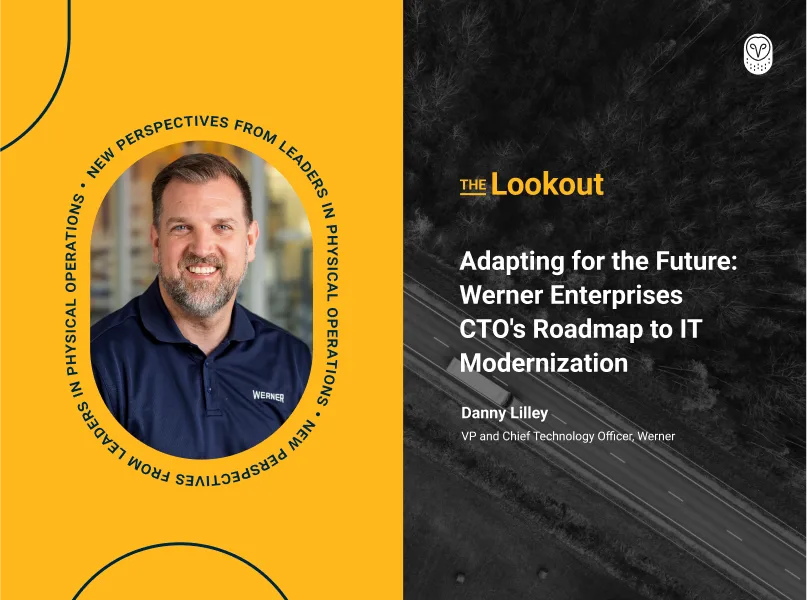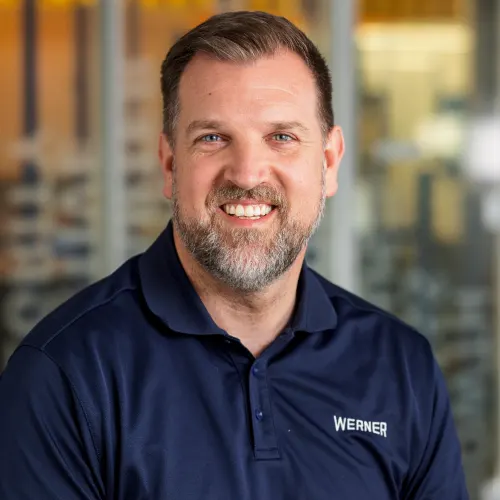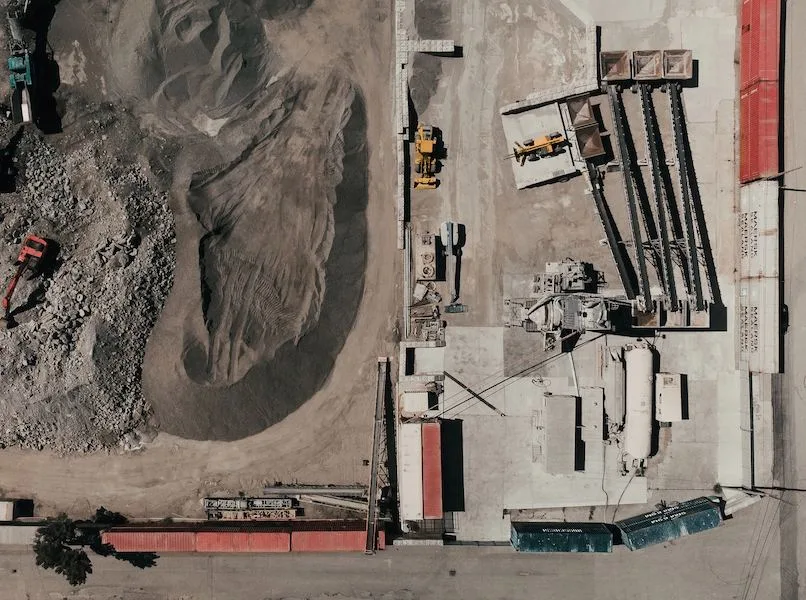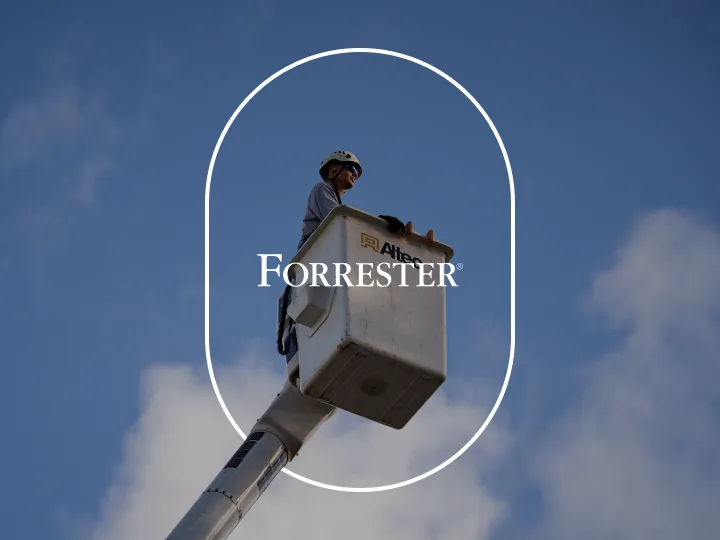Efficiency
Expert Advice on Tackling the 3G Sunset: From Supply Chain to Implementation Challenges
May 12, 2022

Associate Product Marketing Manager

The 3G sunset is in full force. Over 350,000 vehicles were left unprepared for AT&T’s shutdown in February, with remaining major U.S. wireless carriers like T-Mobile and Verizon to fast follow in the coming months. This means thousands of fleets are racing to replace 3G technology in order to maintain safety, compliance, and visibility into operations. Given increasing supply chain constraints on 4G compatible devices, it’s vital for you to understand the impact on your fleet so you can act quickly.
While implementing new technology can be a big undertaking, thoughtfully planning ahead will ensure a smooth rollout. What’s more, the 3G sunset can be a chance to re-evaluate your current technology infrastructure and identify hidden opportunities to advance your fleet’s safety and efficiency. That’s exactly how Carroll Fulmer Logistics leveraged their 3G transition.
With over 70 years of experience, Carroll Fulmer is a full-service transportation and logistics company serving over 14,000 partners across 48 states. For them, the 3G sunset meant having to replace ELDs for over 450 trucks to maintain compliance with the FMCSA ELD mandate. Their Director of Information Technology, Mike Prokosch, saw this as an opportunity to go beyond ELD compliance and digitally transform their operations with Samsara’s Connected Operations Cloud, while saving over $195,000 in hardware costs with the adoption of new mobile technology.
To help our customers who are facing this challenge, we sat down with Prokosch to unpack his top four tips on how to ensure a successful 3G transition.
Tip #1: Perform a thorough impact assessment
Before evaluating 4G providers, Carroll Fulmer performed a thorough impact assessment to avoid potential coverage gaps and implementation delays down the line. Prokosch recommends evaluating the following three factors:
How many 3G devices do you have and when will they stop working? The key to an effective transition plan is to take an accurate inventory of your 3G devices and their sunsetting dates. Prokosch advises working closely with your technology providers to understand which networks your devices run on and the exact dates they will lose connectivity. If the impact is extensive, he suggests prioritizing the replacement of your most crucial devices to ensure business continuity or have the earliest sunset dates to minimize service downtimes.
Does your current technology provider have devices in stock and ready to ship in time? Once you’ve identified the devices you need to replace, Prokosch advises confirming with your technology providers that they’re able to supply new hardware in time. Some technology providers are facing significant delays due to ongoing supply chain disruptions, labor shortages, and increasing demand for telematics devices resulting from the 3G sunset and imminent full enforcement of the Canadian ELD mandate. Alternatively, Prokosch recommends exploring subscription-based models, like Samsara’s, that include hardware upgrades and over-the-air software updates as part of your license, so you can avoid operational disruptions and benefit from the most current technology in the market.
Do you have cross-border fleets coming into the U.S. from Canada or Mexico? While 3G isn’t expected to sunset in Canada and Mexico until 2025, Prokosch reminds cross-border fleets to upgrade 3G devices supported by U.S. wireless carriers to ensure connectivity while operating in the U.S. Fleets operating in Canada should secure a 4G ELD solution that is also third-party certified to comply with the Canadian ELD mandate. Samsara’s ELD solution is third-party certified confirming full compliance and seamlessly updates HOS tracking based on your location, so you can be confident your fleet is fully compliant at all times.
Tip #2: Explore hidden opportunities beyond ELD
While the 3G sunset can present many challenges, it can accelerate digital transformation of your operations. For Carroll Fulmer, the 3G sunset was a catalyst for mobile technology adoption. “When we realized we needed to swap out devices for our entire fleet, we also explored what else we could do with today’s advanced telematics technology,” said Prokosch. In search of a new telematics solution, Prokosch saw the value in adopting mobile devices to streamline driver workflows and improve communication with the back office.
For Carroll Fulmer, smartphones and tablets were less expensive than proprietary on-board devices, which were difficult to install and complicated for drivers to use. On-board devices cost Prokosch over $800 per device, compared to an average price of only $365 per mobile tablet. By transitioning to tablets, Carroll Fulmer saved over $195,000 in hardware costs for their fleet of 450 trucks, while improving driver productivity and engagement.
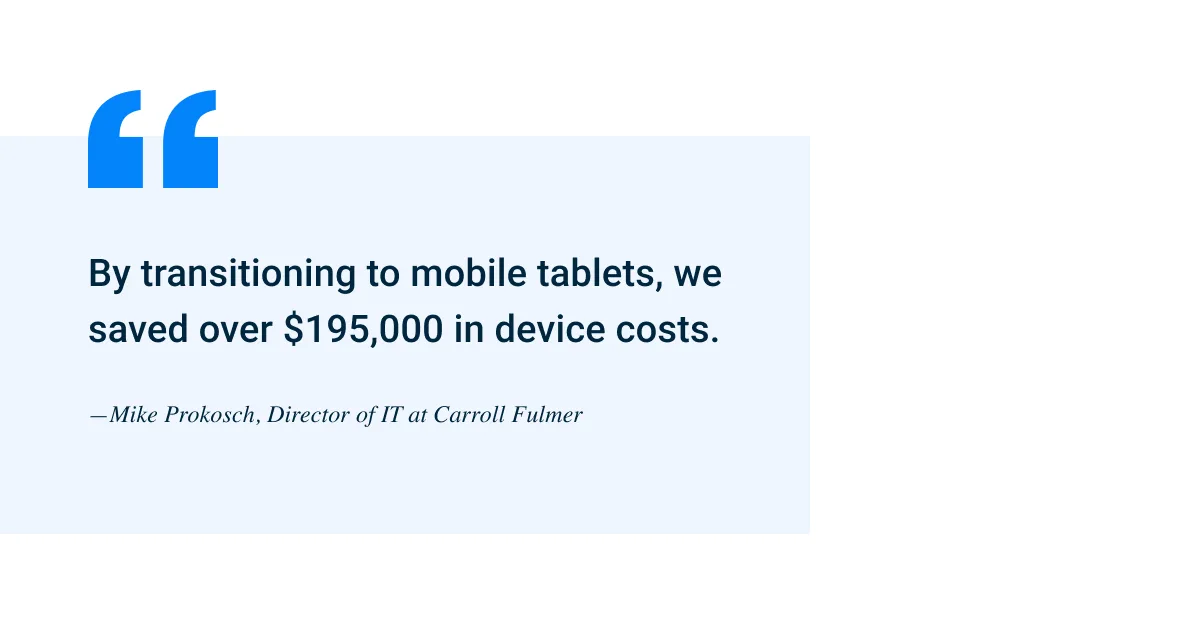
To learn more about how your team can leverage the 3G sunset, check out this blog on Four Hidden Opportunities with the 2022 3G Sunset.
Tip #3: Select a partner for the road ahead
A key learning from Carroll Fulmer’s 3G transition is the importance of having a technology partner that can provide the tools and support to protect their business from future disruptions. When selecting a partner to navigate the 3G transition and beyond, Prokosch recommends looking for:
Open API and a robust ecosystem of integrations: In evaluating ELD solutions, Prokosch wanted an all-in-one platform that could break down data silos, automate workflows, and drive smarter business decisions by connecting data across systems, in addition to streamlining HOS compliance. With Samsara, Carroll Fulmer is able to dispatch more efficiently and optimize routes by bringing together real-time vehicle locations from their TMS software and driver HOS data from ELDs.
Easy-to-use tools for both drivers and administrators: The right technology can create a more streamlined experience for your workers that increases satisfaction and boosts productivity. “With the Samsara Driver App, our drivers can concentrate on driving and not worry about the device sitting on their dashboard. The app takes care of many previously manual tasks for our drivers,” said Prokosch. With Samsara, drivers can use a single tool to log their HOS, access routes, perform vehicle inspections, digitize paperwork, and more.
Ongoing customer support and training: Responsive, expert support can not only ensure a seamless and timely implementation but can also get your drivers back on the road faster. “When we had questions, Samsara support provided answers that were not only good but quick, which was key to helping us move fast with the implementation,” said Prokosch.
Innovative technology that evolves with your business: After being with their previous technology provider for over 20 years, Carroll Fulmer was looking for a new partner that can provide innovative tools to help them stay ahead of the curve. “We partnered with Samsara because they’re always moving forward and know what’s next in the industry,” said Prokosch. Samsara’s customer-centric feedback loop ensures its technology advances with the needs of customers.
Tip #4: Incorporate cross-functional and driver feedback
When it’s time to test and implement the new technology, Prokosch’s top advice is to perform a comprehensive test across all your critical systems with cross-functional stakeholders and drivers for feedback.
Ultimately, drivers and back-office administrators are the end-users of your technology. As such, their feedback is key to selecting the right solution. “Establish a core committee of stakeholders from all the teams the new technology will impact to provide feedback, from operations to safety. Their feedback was highly valuable to identifying areas of our operations we can improve,” said Prokosch. “Once we narrowed down the vendors, we brought in drivers to test the new and old devices in parallel on the road to gather their feedback as well.”
Additionally, to ensure integrations are properly set up, Prokosch advises avoiding testing new systems or features in silo. “We initially focused on testing only the HOS functionalities of our new ELDs. We learned that we should’ve tested the ELDs alongside our dispatching system, which would’ve allowed us to surface integration issues earlier,” said Prokosch.
Implementation timelines will depend on various factors, such as the number of impacted devices, vehicles, sites, installers, and more. To provide a benchmark for other organizations, Prokosch shared their timeline from initial assessment to installation of 494 vehicle gateways, 1700 asset gateways, and 452 dash cameras:
Impact assessment and planning: Early 2020 – July 2020
Vendor evaluation and trials: August 2020 – March 2021
Configurations: April 2021 – October 2021
Installation: November 2021 – Now
For step-by-step instructions on how to roll out new ELD technology, refer to our guide on How to Successfully Roll Out ELD Technology.
3G and beyond: Digitally transform your operations with Samsara
Whether you’re looking to tackle the current 3G sunset or prepare your organization for the future, Samara’s here to help you succeed. Our dedicated customer service and innovative solutions ensure you’re prepared for the road ahead. To learn more about how the Samsara Connected Operations Cloud can uplevel the safety, efficiency, and sustainability of your operations, get in touch with our team.






